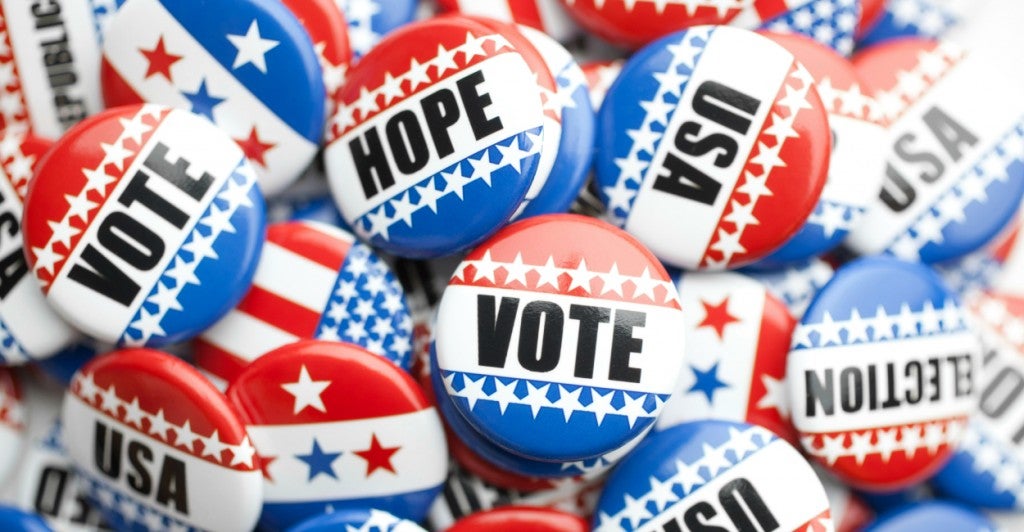A poll by John McLaughlin confirms again we may have a significant problem with noncitizens participating illegally in our elections. Based on a sample survey of 800 Hispanics in 2013, McLaughlin found that of foreign-born respondents who were registered voters, 13 percent admitted they were not United States citizens.
In our 2012 book on voter fraud, John Fund and I noted numerous cases of noncitizen registration and voting all over the country. Only a month ago, the Board of Immigration Appeals of the Executive Office for Immigration Review at the Justice Department held that a Peruvian citizen who illegally registered and voted in the 2006 congressional election could be deported for violating federal law. The only reason she was caught is because she applied for naturalization in 2007 and admitted in the INS interview that she had voted in an American election.
In 2014, a study released by three professors at Old Dominion University and George Mason University, based on survey data from the Cooperative Congressional Election Study, estimated 6.4 percent of noncitizens voted illegally in the 2008 presidential election and 2.2 percent voted in the 2010 midterm congressional elections.
Since 80 percent of noncitizens vote Democratic, according to the study, noncitizen participation could have “been large enough to change meaningful election outcomes including Electoral College votes [in North Carolina in 2008], and Congressional elections” such as the 2008 race in Minnesota in which Al Franken was elected to the U.S. Senate, giving “Senate Democrats the pivotal 60th vote” to pass Obamacare. The Old Dominion/George Mason study was sharply attacked by progressive critics, but the mounting evidence makes clear this is a real problem.
In 2013, McLaughlin, a Republican pollster, conducted an extensive “National Hispanic Survey” to determine the attitudes of Hispanic Americans on immigration issues. McLaughlin went to a great deal of trouble to try to make this survey as accurate as possible, including conducting 60 percent of the interviews in Spanish. In results that run counter to what the mainstream media seems to think about the attitudes of Hispanics, the results showed strong support for everything from increased border security and tougher enforcement of immigration laws to “stopping undocumented immigrants who are already here from getting food stamps, welfare, Medicaid and Obamacare benefits.”
But buried in the back of the survey on page 68 is a “Voter Profile” that reveals that 13 percent of noncitizen respondents admitted they were registered to vote (a violation of state and federal law), which matches closely the Old Dominion/George Mason study finding that 14.8 percent of noncitizens admitted they were registered to vote in 2008 and 15.6 percent of noncitizens admitted they were registered in 2010.
When these numbers were adjusted to take into account various factors, such as noncitizens “who said they were not [registered but] were actually registered,” the Old Dominion/George Mason study’s authors concluded that the true percentage was probably closer to 25 percent.
There is no doubt the registration rate of noncitizens varies depending on the jurisdiction, and the percentage of those voting is likely smaller. But whether the registration rate is 13 percent as McLaughlin found or 25 percent as the Old Dominion/George Mason study estimated, there seems little doubt that there are enough noncitizens registering and voting to potentially make the difference in close elections.
